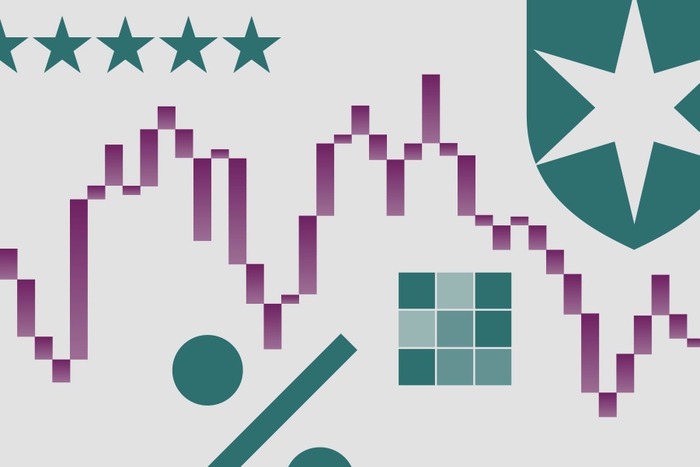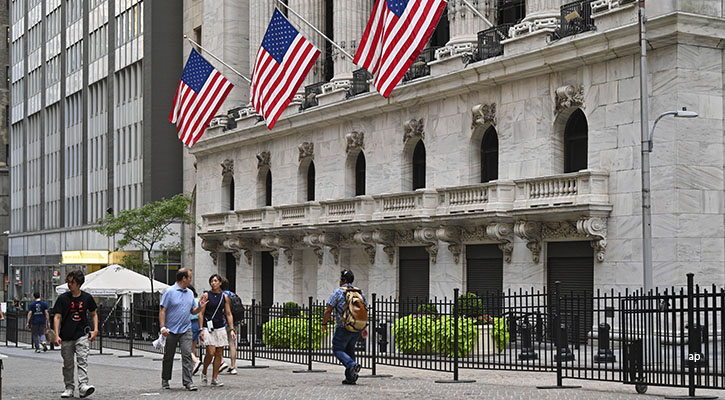1. Mind the Gap: The Gap Narrowed Relative to Previous Years
Morningstar’s annual “Mind the Gap” study can approximate the self-imposed penalty investors incur as a result of their own actions by looking at the difference between the returns that funds generate and the returns that investors experience. Some takeaways from this year’s study:
- Some of the narrowing is time-period-specific.
- Previous studies included the dot-com bust, while this one doesn’t.
- Cheapest-quintile funds have much higher investor returns than more expensive funds.
- The annualized gap for the 10-year period is negative 1.13%. Consider how that compounds.
- As always, the lessons are (a) stick to your plan, and (b) if there’s a real problem, address it now, because mistakes compound over time just like (positive) return does.
- Investors make better timing decisions with less-volatile funds because they don't inspire as much fear or greed.
.png)
Source: Russ Kinnel, “Mind the Gap 2016,” Morningstar FundInvestor, May 2016. “Are Investors Still Their Own Worst Enemies?” (video)
2. Please Don’t Chase Performance. It Doesn’t Work.
- Chasing performance leads to suboptimal outcomes.
- This very brief video demonstrates how investors piled into a fund at the wrong time, then departed with similarly horrible timing.
- The return gap (total return – investor return) is an eye-watering 20% over 10 years.
.png)
Source: Tim Strauts, “Investors: Don't Make This Costly Mistake,” Morningstar Minute, April 4, 2016
3. Active Funds Performed Better in ‘14 than ‘15, but Scales Still Tip to Passive
- Actively managed funds have generally underperformed their passive counterparts, especially over longer time horizons.
- Success Rate = Funds that survived entire period and outperformed passive bogy in category.
- Compared with 2014, active investors improved in 2015 in 8 of 12 categories measured.
- Small-value funds showed the most meaningful improvement: Their success rate nearly tripled from 67% from 24%. The success of small-growth funds, though, fell from 29% to 22%.
- The success rate of the lowest-cost (quintile) funds in the diversified emerging markets category was 19% higher than the category as a whole.
- Data through December 2015. We benchmark against index funds instead of indexes, so the composite benchmarks include expenses.
Takeaways
- Not surprisingly, choosing less expensive funds among actively managed funds is the greatest predictor of success.
- In the prevailing marketing environment, the probability of success is higher in passive funds because bull markets favor fully invested strategies (no cash) and hobble pickier investors, such as value managers.
Source: Ben Johnson & Alex Bryan, “Active/Passive Barometer,” April 2016; and video; “Are Index Funds Still Winning?,” which generated 12,000 PV, which is a lot for a video.

















